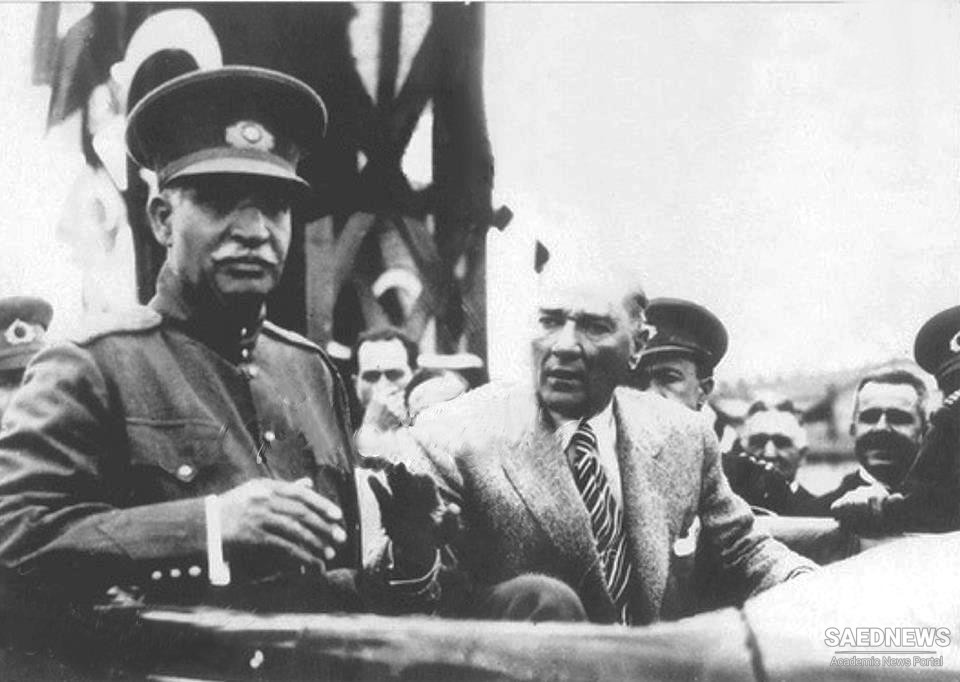It was the theoretical catalyst for the cultural and institutional revolutions launched by Reza Shah while providing the state with the political and ideological justification to establish its supremacy over clerical institutions and determine the constitutive elements of the authenticity of culture and national identity. It served an additional, but equally important, purpose. Reza Shah’s political and personal anticlericalism created a political–ideological vacuum that undermined the long-standing legitimating liturgical elements of Iran’s monarchical cosmology. Therefore, changes in historiography and in the monarchy’s legitimating underpinnings were needed. Broadly speaking, the historiography of pro-West Occidentalism and nationalism, along with promises of material and social benefits, would fill this vacuum. Fundamental elements of this historiography played important roles in Pahlavi ideology until the dynasty’s collapse.
When Reza Shah established his dynasty, racial theories explaining differences in civilizational progress were at their apogee with one of the leading racial theories in the West explaining that its civilizational success was Aryanism.16 The historiography of Pahlavi Occidentalism claimed a racial link between Iranians and West Europeans by propagating the idea that Iran’s pre-Islamic Achaemenid and Sasanian Empires were the first examples of Aryan polities. Already in the closing decades of Qajar rule Aryanism was becoming popular among the educated and elite classes. It was not solely a Pahlavi invention. Aryanism rationalized and justified the technical programme of Pahlavi Westernization by portraying it not as the imposition of a foreign civilization, but rather as a return to Iranian greatness and authenticity that had been corrupted by contingent historical events, such as the Arab and Mongol invasions. In other words, Aryanism explained Iran’s past greatness and was an augury of its future while constituting the foundational element of the authenticity of culture and national identity that included Islam, but was not subject to it and clerical-produced culture.
This emphasis on the return to authenticity of culture and national identity was a major theme of Pahlavi discourses. In the words of Isfahan’s governor at the time: History teaches us that any people in the world who once lived with authority, power and greatness due to losing cultural authenticity slowly lost their independence and greatness. … A people’s progress and decline have a direct and unique link with their culture and only that culture. If we examine the history of our ancient pre-Islamic Iran and take into account the sorrowful and depressing era before the coup d’état (of Reza Khan) in order to find the cause for these varying eras we will see that the determinative element of this misfortune was the loss and lack of authentic culture. Look at the masses – they are deprived of literacy. … How can they strive to restore our ancient but destroyed power and greatness or even have the chance to think of paths out of their current misery and chaos?


 Reza Shah's Anticlericalism
Reza Shah's Anticlericalism














































